What is an Operating System? | Function and Role of Operating System
The operating system facilitates and manages the interaction between these resources-hardware and software to solve the computing problems of a user.
A computer comprises several small hardware components within and outside of itself that interact and work with each other to perform the various input, processing, and output operations.
The physical components of the computer system are known as the hardware which consists of the input devices, output devices as well as processing units.
Let us take the example of air traffic controllers at an airport and see how they work to coordinate and manage air traffic. An ATC manages an aircraft in all aspects of its flight, taking responsibility for its safety and ensuring that the aircraft takes off and lands on time.
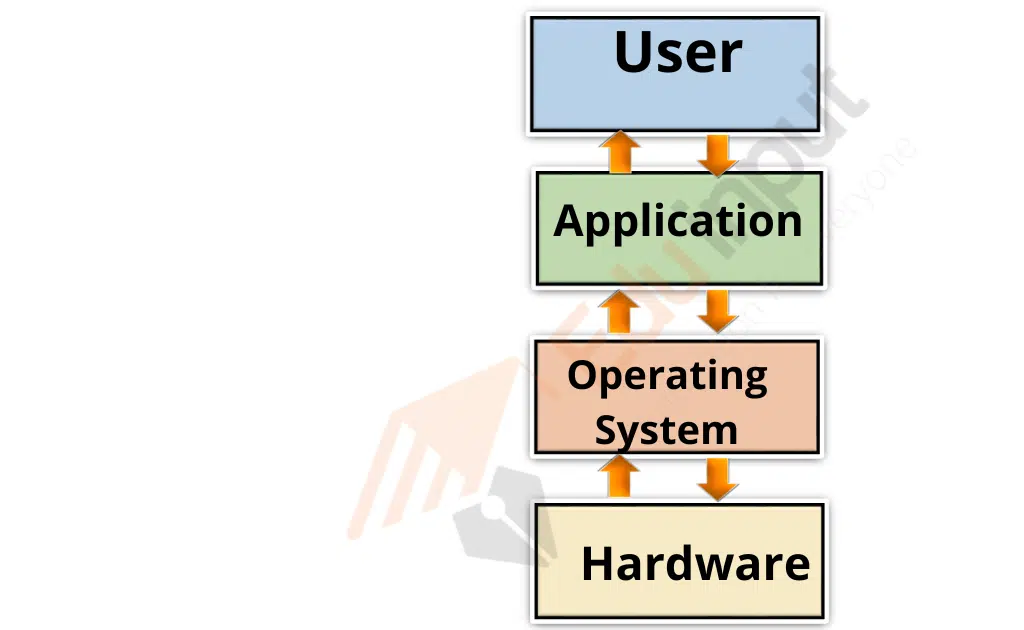
An air traffic controller performs the following duties:
- Maintains radio and radar contact with aircraft.
- Directs the movement of airplanes on the runway.
- Instructs the aircraft to climb or descend and allocates the final cruising level
- passes on information to an aircraft about the prevailing weather conditions of a place
- ensures that a minimum distance is maintained between different airplanes on the runway and in the air
- Handles unexpected events, emergencies, and unscheduled air traffic.
Just as the ATC executive at the airport ensures there is smooth traffic flow between aircraft, similarly an operating system in a computer helps perform different operations related to input, output, and data processing.
ROLE OF AN OPERATING SYSTEM
Let us consider the work of a school principal to understand this concept better. School functions efficiently with all activities and events carried out smoothly. The principal of a school is responsible for the smooth functioning of the school.
He/she manages the different resources like teachers, office clerks, other employees, students, and the school infrastructure to yield results. Some important roles carried out by a school principal include
▸ Supervising the teaching and learning that takes place in school
‣ Hiring teachers for various subjects to be taught in different classes facilitating parent-school interaction.
▸ Safety on the school premises and conveyance handling disciplinary issues
▸ revising policies and procedures and looking after several school facilities
Making decisions on matters like the share of fees to be allocated to the school development fund.
An operating system also handles the computer hardware and software and provides some services to the computer programs. An operating system has primarily three important roles to play. These include:
1. Managing a computer’s resources, for example, the CPU, memory, disk drives, and printers
2. Establishing an efficient user interface
3. Carrying out and providing services for applications software.
Functions of an OS
There are different functions of the Operating system.
Memory Management
Each application requires some amount of primary memory for its execution. We are aware that the computer system consists of different types of memory, (primary and secondary memory), with its primary memory being limited.
When different applications request memory to run, it is the operating system that decides and distributes memory to the running program. For example, in the case of air traffic control, the person in charge decides which plane can take off and which can land when on the runway.
Resource Management
A computer system has different equipment attached to it like the DVD drive, mouse, printer, scanner, etc. These components need to be handled correctly for the efficient functioning of the system. This is taken care of by the operating system.
The various resources send requests to the operating system from time to time. The operating system listens to the request and provides the required resources. For example, at an airport, if an aircraft is about to land on the runway, the pilot may require immediate instructions from the ATS to land safely.
File Folder Management
Files consist of processed information stored in the memory of a computer system. The file management operation of an operating system includes storing information permanently in a memory location of the system and the retrieval of the same at any time by accessing the memory location in which the file is stored.
Tasks like creating a new file, naming and renaming a file, moving a file from one location to another editing the contents of a file, etc. are also performed by the operating system. In our previous example, the ATS knows the exact location of an aircraft in the hangar and manages the departures of flights based on this knowledge.
Process Management
Computers are designed to perform multiple tasks at a single given time. A task is also called a process. Hence, at any given time, multiple processes run on a computer.
You can compare this situation to a time when numerous thoughts enter your mind and your mind, based on priority, synchronizes and processes each thought. In the same manner, the operating system grants the CPU a time slot for the successful execution of the process.
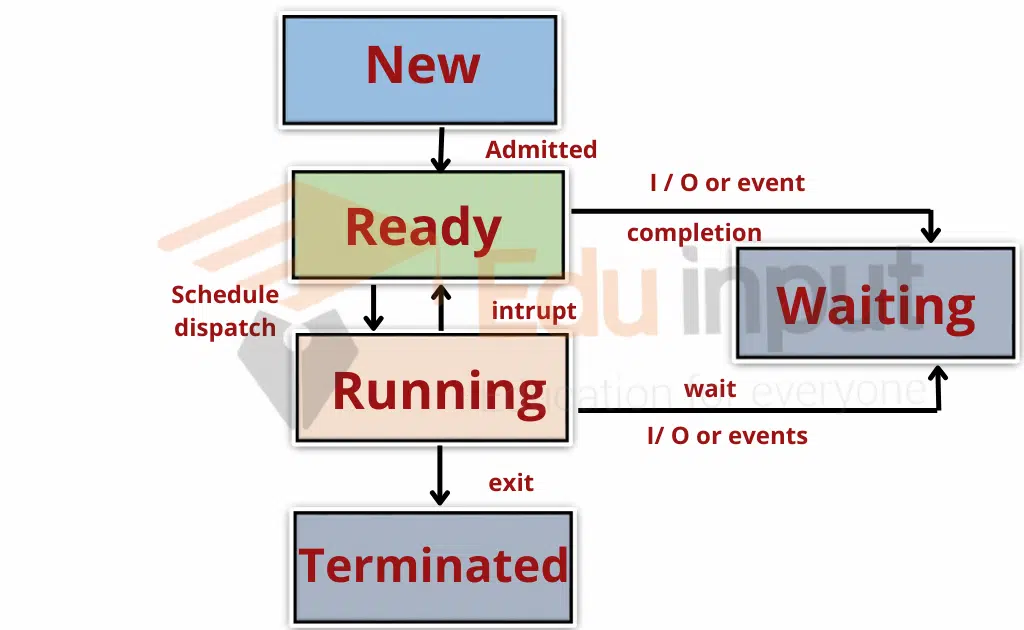
Renders Security
When a computer is connected over an open network, it is more vulnerable to attack from hackers. Thus, it becomes very important for us to protect our computer’s resources (data) from unauthorized access.
Each operating system should provide the facility of creating a user ID and password for different users. This helps the user in preventing sensitive data from getting stolen.
The operating system provides services like creating and deleting user IDs and passwords. Some multi-user operating systems also provide the services of granting and revoking rights in the sense that they decide whether a user can access a resource or not.
Provision of Viable Interface
Humans and machines are different and thus cannot interact directly with each other. To close this gap between the user and the computer system, the operating system acts as a bridge.
There are different types of bridges in the world like natural bridges i.e. a tree, man-made bridges like cable-stayed ones, etc. The materials used to build a bridge and its structure determine its function.
Similarly, an operating system provides different types of interfaces with some standard commands that enable a user to feed instructions into and interact with a computer system.
Different types of operating systems
There are different types of operating systems. The most commonly used operating systems are given below
Windows (Linux)
Windows is an operating system that was developed by Microsoft and released in 1985. Linux is a free open-source Unix-like general-purpose computer operating system first released under the GNU General Public License in 1991.
Linux is not a single product but refers to any of several independent projects that together make up a completely free software distribution known as GNU/Linux.
Mac OS X (Apple)
Mac OS X is a multi-featured graphical user interface-based computer operating system created and marketed by Apple Inc.
First introduced in 2001, it is now a consumer-oriented desktop operating system designed primarily for the Intel x86 architecture family of microprocessors. In addition to its standard user interface, Mac OS X includes various specialized features to enhance productivity.
iOS
iOS is a mobile operating system developed by Apple Inc., originally named iPhone OS. It powers the hardware, firmware, and software of their iPhone, iPad, iPod touch, and Apple Watch devices, as well as the Macintosh computers running on Apple’s macOS platform.
Android
Android is a mobile operating system produced by the Google Nexus team. It runs only on ARM processors and is distributed under the GPLv2 license.
Prior versions were called Cupcake, Donut, Eclair, Froyo, Gingerbread, Honeycomb, Ice Cream Sandwich, Jelly Bean, KitKat, Lollipop, Marshmallow, Nougat, Oreo, Pie, Pudding, Romeo, Sailfish OS, and Stable. Current major releases are Android 10 and Android 11.
GNU/Linux
GNU/Linux is a free and open-source software stack that consists of hundreds of pieces of freely redistributable software and documentation. It is a complete operating environment consisting of a kernel, windowing system, file manager, web server, office suite, mail client, instant messenger, and much more.
Frequently Asked Questions (FAQs)
What is an operating system explain?
An operating system (OS) is software that controls hardware devices such as computers, smartphones, tablets, etc. The OS also manages applications and other programs running on the device.
What are the 5 operating systems?
Microsoft Windows
Google Android OS
Apple iOS
Linux Operating System
Mac Operating System
What is the latest operating system?
Windows 11, version 21H2 is the latest operating system.
What are the types of OS?
There are different types of operating systems.
Single-User Operating System
Multi-User Operating System
Time-Sharing Operating System
Real-Time Operating System (RTOS)
What are the main functions of an operating system?
The main function of the operating system is, it is used to control and manage the hardware components and software of the system. It is also used for memory allocation.
Which operating system is open source?
Linux
Open Solaris
Free RTOS
Open BDS
Free BSD
Minix

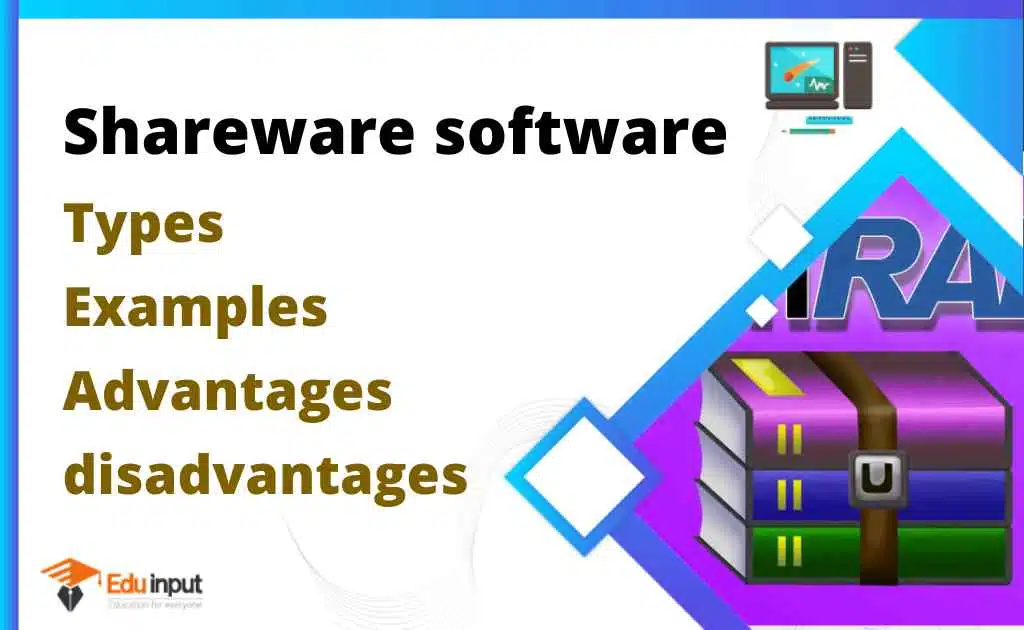
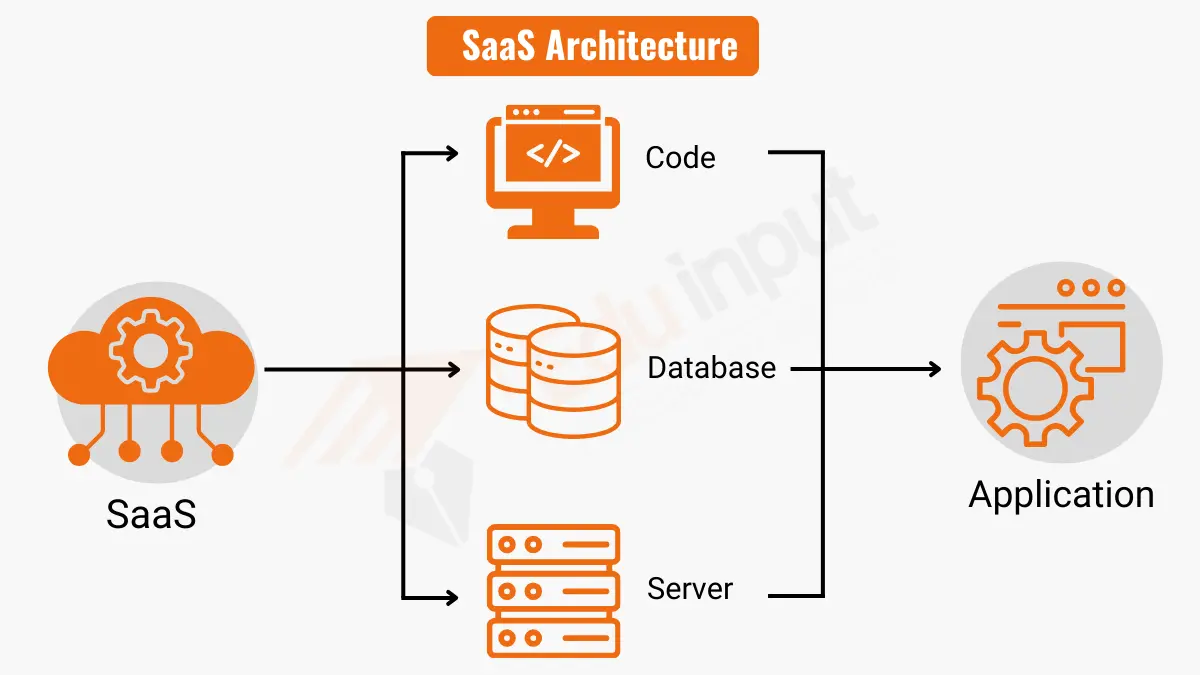
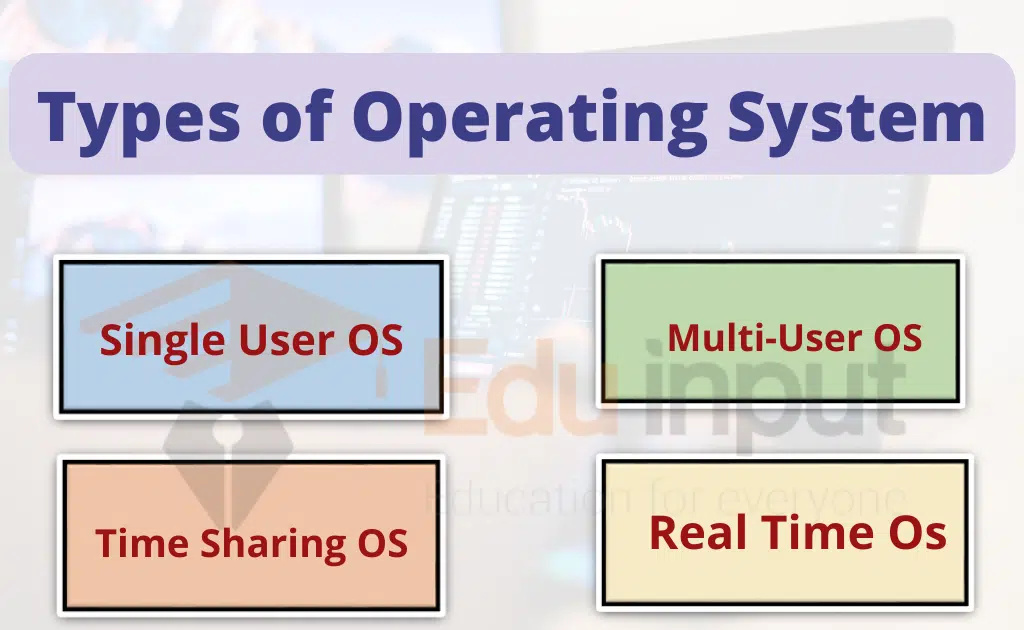



Leave a Reply